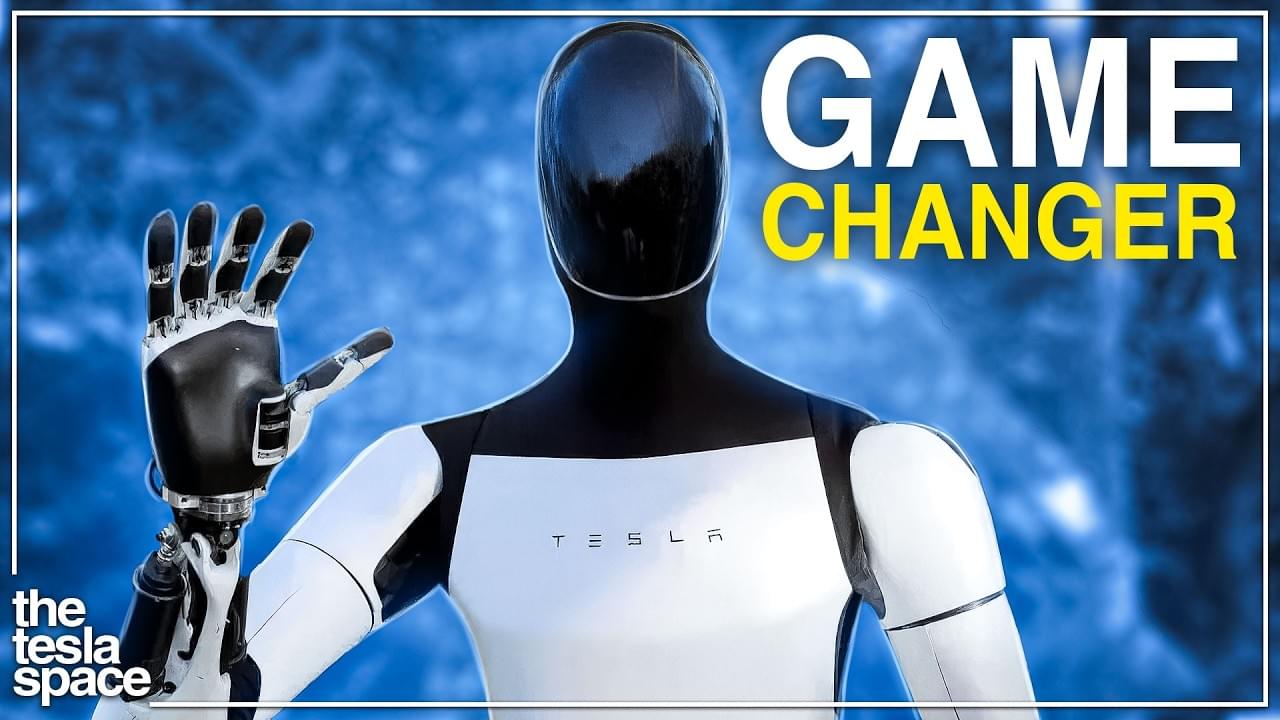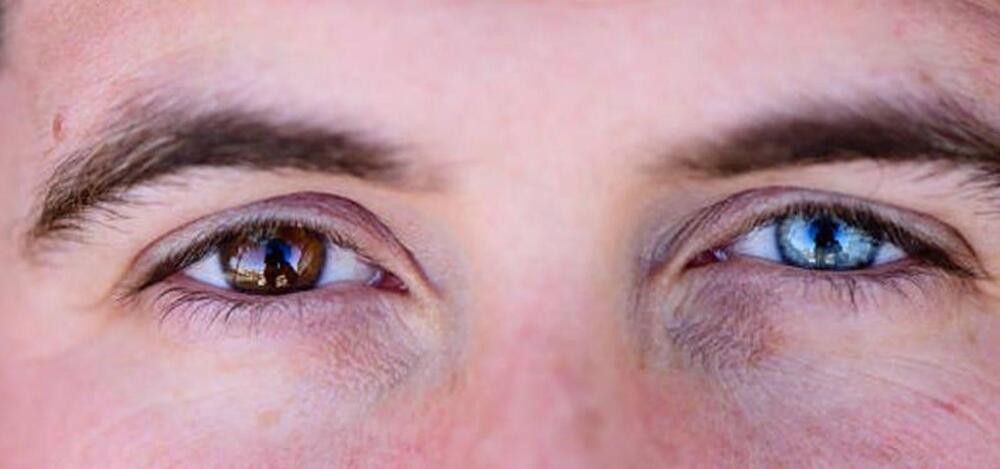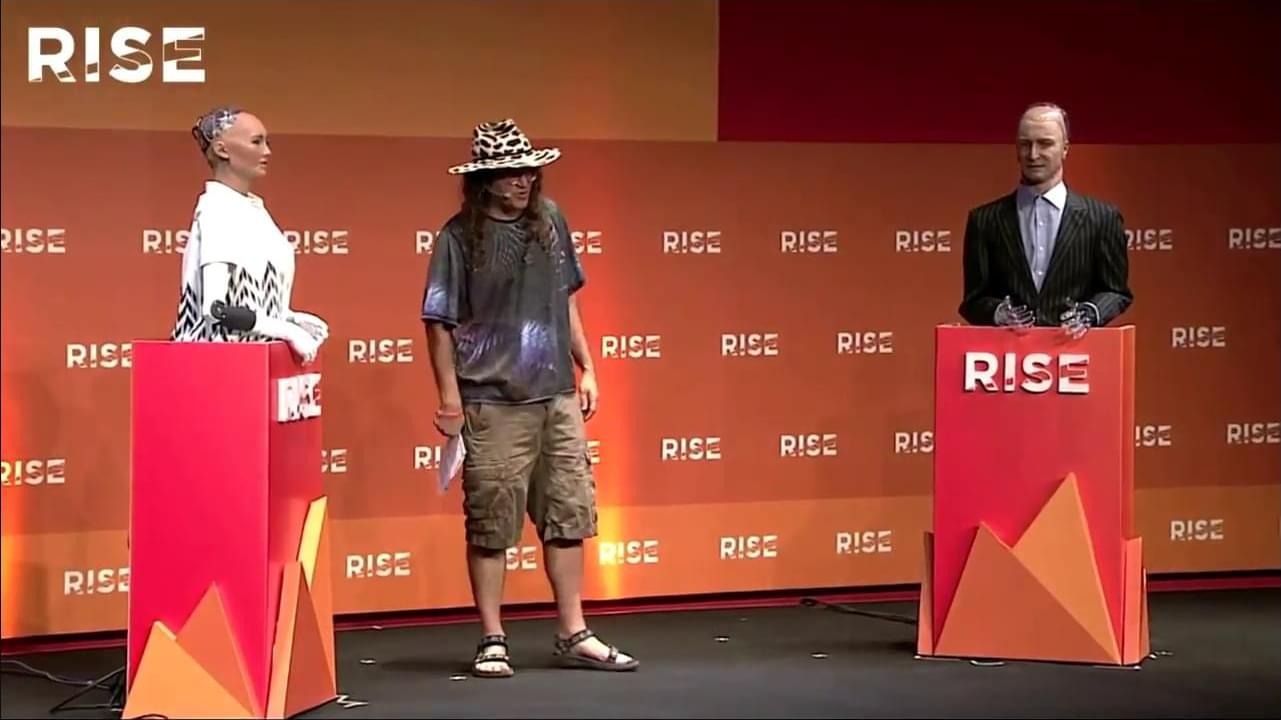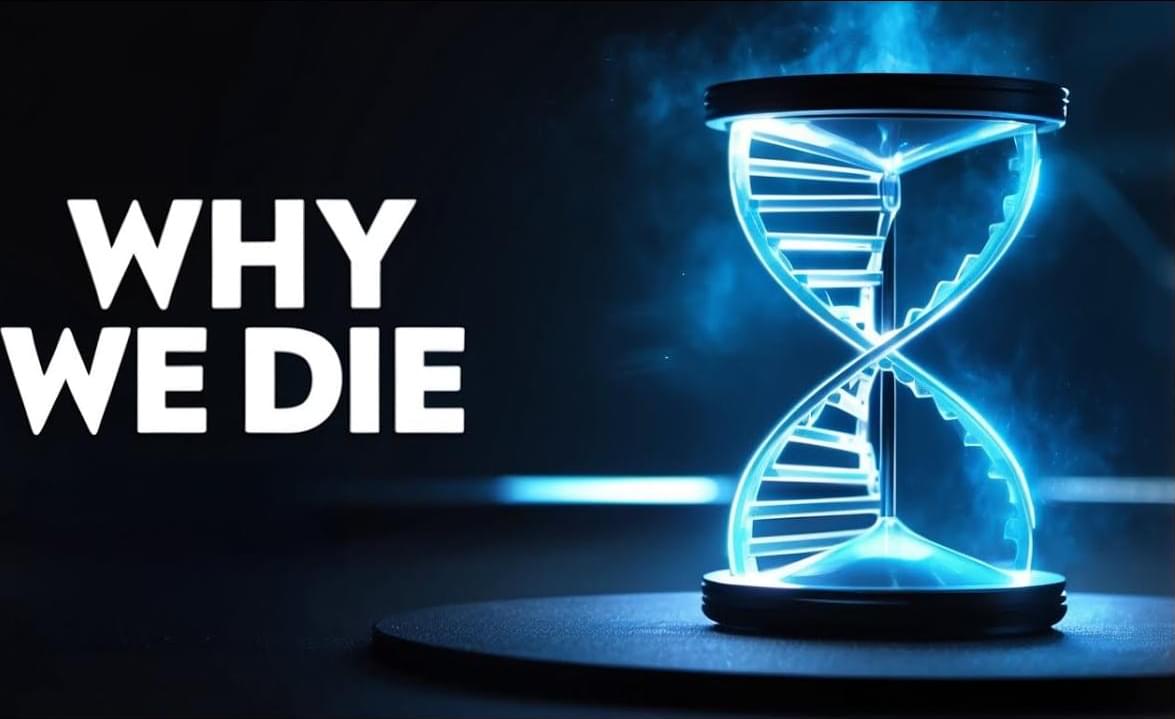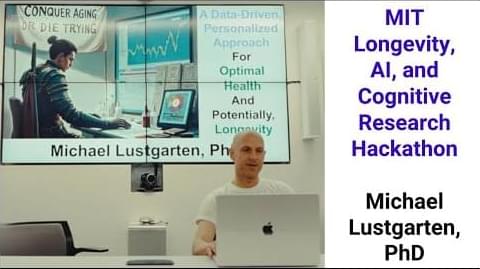Oil and gas extraction in places like Texas’ Permian Basin leads to several waste products, including significant amounts of wastewater and flares firing into the sky. Texas Engineer Vaibhav Bahadur is researching how those byproducts, which are harmful to the environment, could be repurposed to serve as key elements in the creation of “green” hydrogen.
Bahadur, an associate professor in the Walker Department of Mechanical Engineering, recently published a new paper in the journal Desalination about a new way to potentially produce green hydrogen. It involves using the energy wasted via gas flaring to power reverse osmosis, a common, low-energy technique used for municipal water treatment. Hydrogen production requires pristine water, and this process satisfies that need by removing salts and other elements from the equation.
Learn more about green hydrogen in the Q&A with Bahadur below, as well as his research, next steps and its broader implications.


